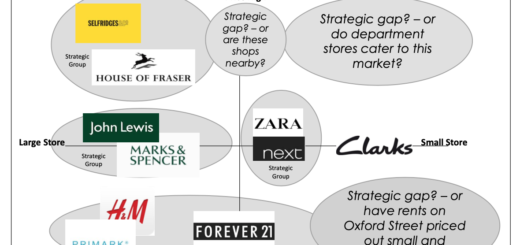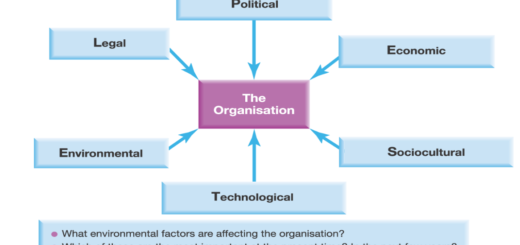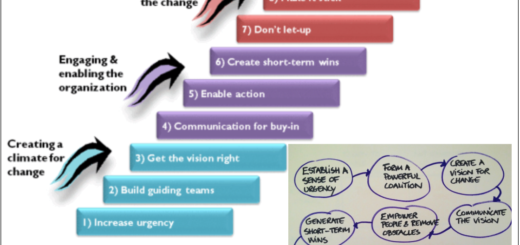Level/Hierarchy of Management
Management hierarchies refer to the levels of management within an organization, which form a chain of command and control. The main levels of management are:
- Top Management: This is the highest level of management and includes the CEO, COO, and other top executives who are responsible for making strategic decisions and setting the overall direction for the organization.
- Middle Management: This level of management includes department managers, division managers, and regional managers who are responsible for implementing the strategy set by top management and overseeing the day-to-day operations of specific areas of the organization.
- Lower Management: This is the front-line management level and includes supervisors and team leaders who are responsible for managing the work of employees and ensuring that they meet performance expectations.
Each level of management has different responsibilities, authorities, and decision-making power, and the structure of the management hierarchy can vary depending on the size, type, and goals of the organization. The management hierarchy helps to ensure that the organization is properly structured, staffed, and managed to achieve its goals and objectives.





